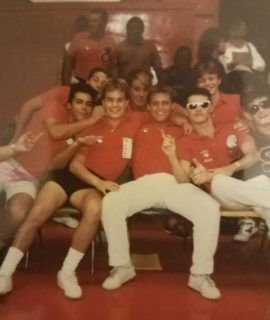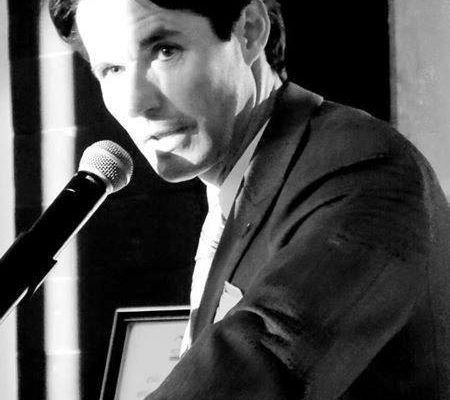Moore to business “Whack-A-Mole”!
We all remember the game Whack-A-Mole, right? High paced game, expecting the player to quickly identify a mole popping from his hole in time to hit it on the head before it escapes back into the hole. Miss it or hit it, the player then had to refocus their attention to where the next mole may pop up…and the cycle repeats. Hectic and crazy for the player, but still possible to score some points here and there. What a reactionary piece of work!
In consultations with individual business executives, I heard the term “whack-a-mole” used when they described their day-to-day activities – especially those centered on revenue generation (i.e. sales, fundraising, development, etc.). How many of you have felt the same way in your business?
Several phrases can be used to imply that style of business operations – for example, crisis management OR urgent versus important OR even hampster wheel! I had not heard “Whack-A-Mole” in this sense before and I hadn’t played it in forever. If you’re a CEO or Executive Director, you are certainly charged with many responsibilities. I mean, the buck stops with you, right? Same goes for a Director of Development and the Sales VP in their area of specialty.
What can we do about it? Change things, of course!

Sounds simple, but so many hold on strong to the idea that doing the same thing over and over will eventually get you different results – no, it won’t. Changing behaviors through improvements, adjustments and modifications in structures and processes can get you there. Will it be smooth sailing through this effort? No. Comfort and complacency makes expecting others to completely buy-in unrealistic. However, as a leader you can create buy-in by sharing a passionate vision for the future and leading by example. Specifically, remember to reiterate the mission and the rewards to come for all concerned (including the mission) if they risk following you through this change.
What kind of structural and procedural changes are needed? The specific tasks are relative to each business, but maybe consider these questions IF the “Whack-A-Mole” feeling describes fundraising at your nonprofit:
- Do you have a varied fundraising wheel?
- Are your donor categories defined?
- Do you have a communication and event calendar?
- Are you utilizing multiple channels to engage donors?
- Are you keeping event budgets accurate and transparent?
- Do you set clear goals for calls, visits, proposals?
- Are you coaching behaviors or results? How?
- Are you practicing by employing role plays with your team?
There are more areas that would impact your future success, but these are a start. At the beginning of change management, there has to be a commitment at the top – from you, the board chair and leadership. Things can get dicey through the work of change and to land at the envisioned place of success, you will need leadership to back you. You can likely imagine the pitfalls that ensue if they don’t.
Back to Whack-A-Mole: What did I do to get better at that game? Nothing. It was out of my control – e.g. they sped up the moles as the game went along for crying out loud! The player can’t implement any changes to the structure or process around the game, so I quit playing it. Instead, I re-prioritized my time and resources and fell in love with Donkey Kong! Think about it, are your donors or customers quitting because you are doing the same thing over and over and expecting a different result – are you adverse to change? Your retention and growth rates should tell you.
Transitioning from “Whack-a-mole” management, fundraising, operations, etc. requires discipline, commitment, accountability and leadership. Influencing behaviors through changes in structure and process within YOUR business can be done. Moore Business Strategies is here to help – email us for a consultation today!




